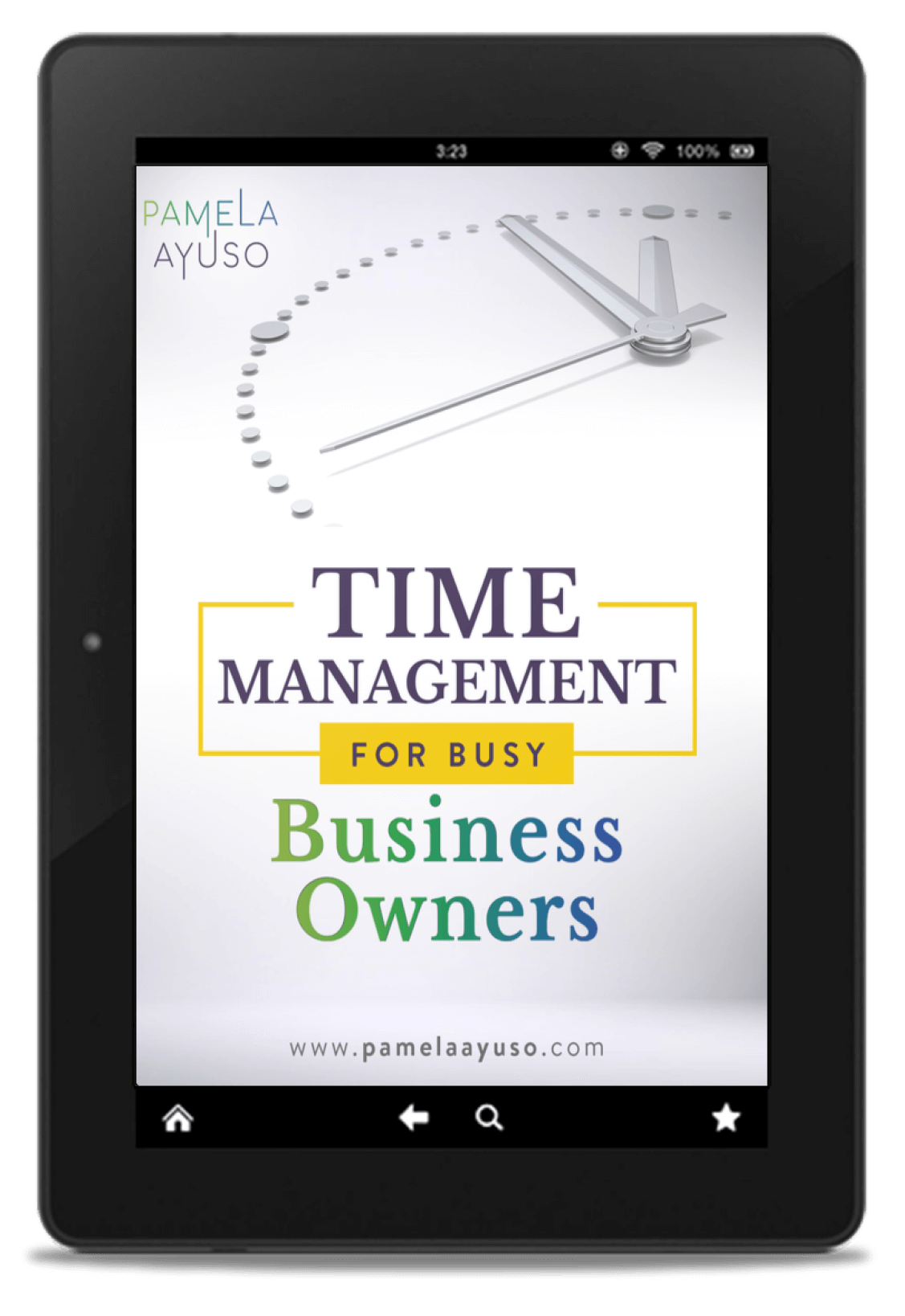Congratulations! You’ve decided to move your company to cloud computing software.
Maybe you are moving from a local, server-based system because you want the flexibility of a cloud-based solution. Or perhaps, this is your first system, and have decided to try the cloud.
The following steps will help you find the perfect cloud solution for your business.
![[Photo: Bernard Hermant/Unsplash]](https://www.pamelaayuso.com/wp-content/uploads/2021/01/bernard-hermant-592731-unsplash.jpg)
[Photo: Bernard Hermant/Unsplash]
1. Define Your Requirements for Your Cloud System
Using your knowledge of the firm, the first step is to define what you need the system to do for you. Make sure to also involve other key players within the firm. And try to be as specific as possible, to ensure the system is as responsive to all your requirements.
Some of the main items to consider are:
-
The number of users: This amount is one of the decisive factors in the price that you will pay.
-
Budget: How much do you want to spend? There are systems that will cost you $240 per year for an unlimited number of users, and others that will cost you $20,000 per year for a small number of users.
-
Types of access: Some users may need full access to all features, and others will only have partial access. For example: with accounting software, you may need a couple of users with full administrative access. If you are implementing a document storage system, you may require read-only access for some users and full access for others.
-
Security features: Different systems offer control features, such as approvals, audit trails, and notifications, among others. Depending on the system you are implementing, define what you need to be able to manage.
-
Reports: As a manager, reports that aggregate the data contained in the system are essential. Make sure the system provides the information you need.
-
Currencies and languages: If you have operations in different countries, you may need the flexibility of multiple currencies or languages.
-
Integrations: Some cloud software will integrate with others. Examples of integrations include: importing contacts from your sales CRM system to your accounting system and uploading documents from your virtual document storage system to your project management system.
2. Set Up a Chart to Organize Your Requirements
To keep track of your research, you can set up a chart with columns for all the requirements you have and rows for each of the systems you will be testing. This table will then allow you to compare the options. I recommend keeping an open mind as you go along because your list of requirements can expand or change as you find out what is available on the market. There may even be new features you find that you want to incorporate into the list of requirements
A sample format for your table includes the following headings:
-
System name
-
Website address: The web address containing pricing information is usually the most useful.
-
Pricing: Pricing is usually defined per month and per number of users.
-
Cost of implementation: There may be a setup cost involved.
-
Total price: Software providers use different methods to price their offerings. To compare apples to apples, you can calculate your total cost for the number of users you will have, plus implementation costs.
-
The number of users allowed: Cloud software companies sometimes define different types of services based on different numbers of users.
-
Types of users allowed: Some examples are full-access or restricted users.
-
Security features
-
Reporting
-
Multi-currency and languages
-
Integrations with other software programs
-
Continue?: If a system does not comply with your requirements, you can label it as “No” and then hide it, so that you are only considering the systems that will work.
-
Notes: The notes column is for additional comments.
![[Photo: Joakim Nadell/Unsplash]](https://www.pamelaayuso.com/wp-content/uploads/2021/01/joakim-nadell-683417-unsplash.jpg)
[Photo: Joakim Nadell/Unsplash]
3. Research and Compare Cloud Systems
The next step is to dive online and start to research options. I always start with a generic search such as: “Best Cloud Accounting Systems in XXXX (Current Year).” This is where the table with requirements you set up earlier will be useful. Research as many systems as you can. Depending on the type of system you are looking for, you may have as many as five to fifteen options.
As you make progress, some systems will stand out as the best options, even if they are not perfect. I still have not found a system that will fulfill 100% of my requirements. This is mostly because the perfect systems seem to always be too expensive. Narrow it down to the best two or three, in order to move to the next step.
4. Test Drive Your Top Picks for Cloud Systems
Most companies will give you a free trial period of around a month to test out the system. It’s worth it. Sometimes, there are features you require that are not obvious from the company’s literature and can only be determined by trying out the product.
Additionally, a system that looks good on paper may turn out to be awkward to use. Involve as many people as you can, especially future users in making this decision. For additional questions, most companies will have sales representatives who will answer all your questions and even show you step-by-step how to use them.
Take advantage of every bit of time in the trial, because once you choose the program, you are likely to stay with it for several years.
5. Select the Best Cloud System for Your Business
After the testing phase, it is time to select your system. Go back over your notes and get feedback from your fellow testers to find the winner. At this stage, it is very important to calculate the costs of implementing these systems, including monthly or yearly expenditures for total actual users and total future users.
Make sure to find out if there is a one-time cost of implementation. The more complex the system is, the higher the cost of implementation.
One final tip: always call your sales representative and ask for a discount. If the system fulfills all your needs and fits your budget, you are ready to implement.
![[Photo: Dmitri Popov/Unsplash]](https://www.pamelaayuso.com/wp-content/uploads/2021/01/dmitri-popov-286502-unsplash.jpg)
[Photo: Dmitri Popov/Unsplash]
Reach New Heights in Your Business with Cloud Implementation
If you have chosen your system wisely, your company will benefit substantially. The system will keep your data organized and will allow you to perform tasks that were impossible before.
Even though implementation requires a large investment of time and money, it will more than repay itself when you see your productivity reach new levels.
Do you use cloud software at your firm? What other steps would you add?
This post was originally published in 2017 and has since been updated and recirculated for 2021.



